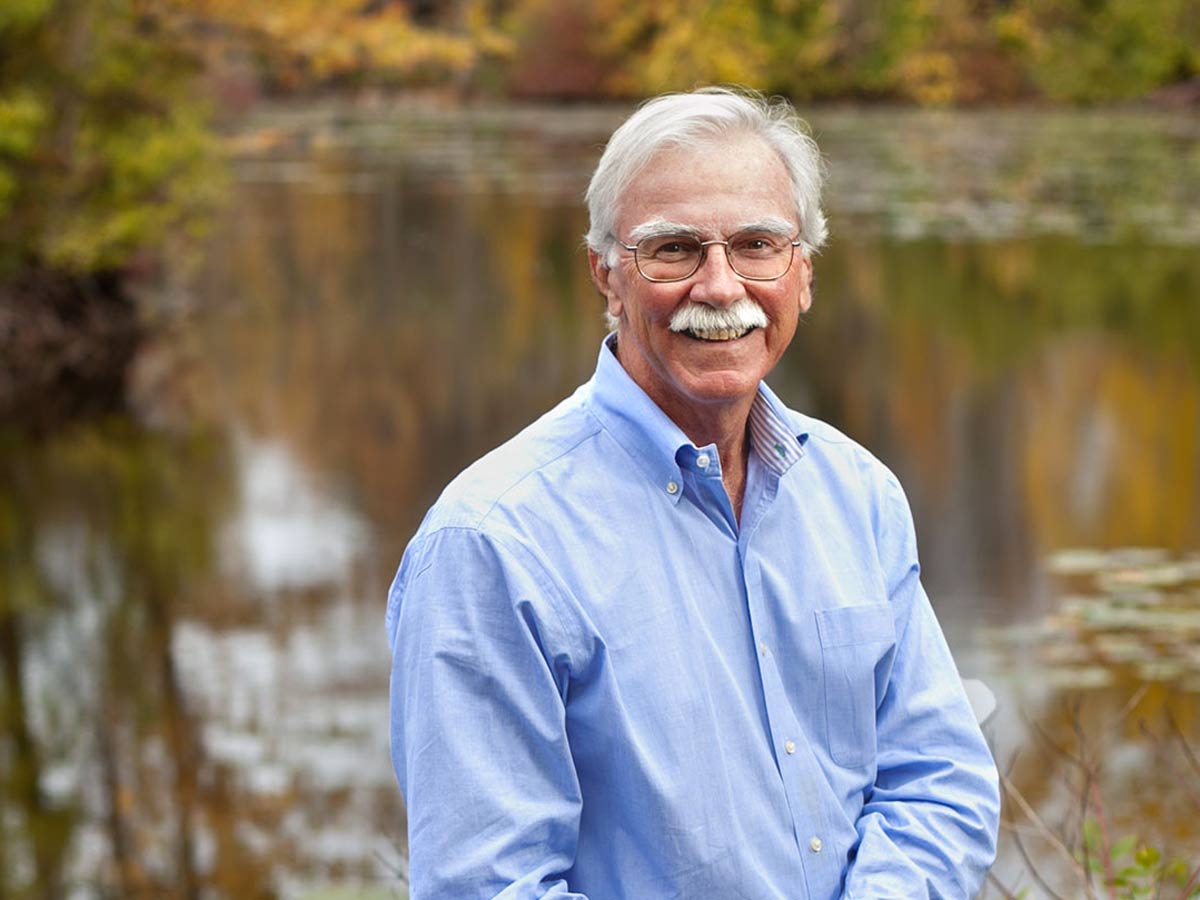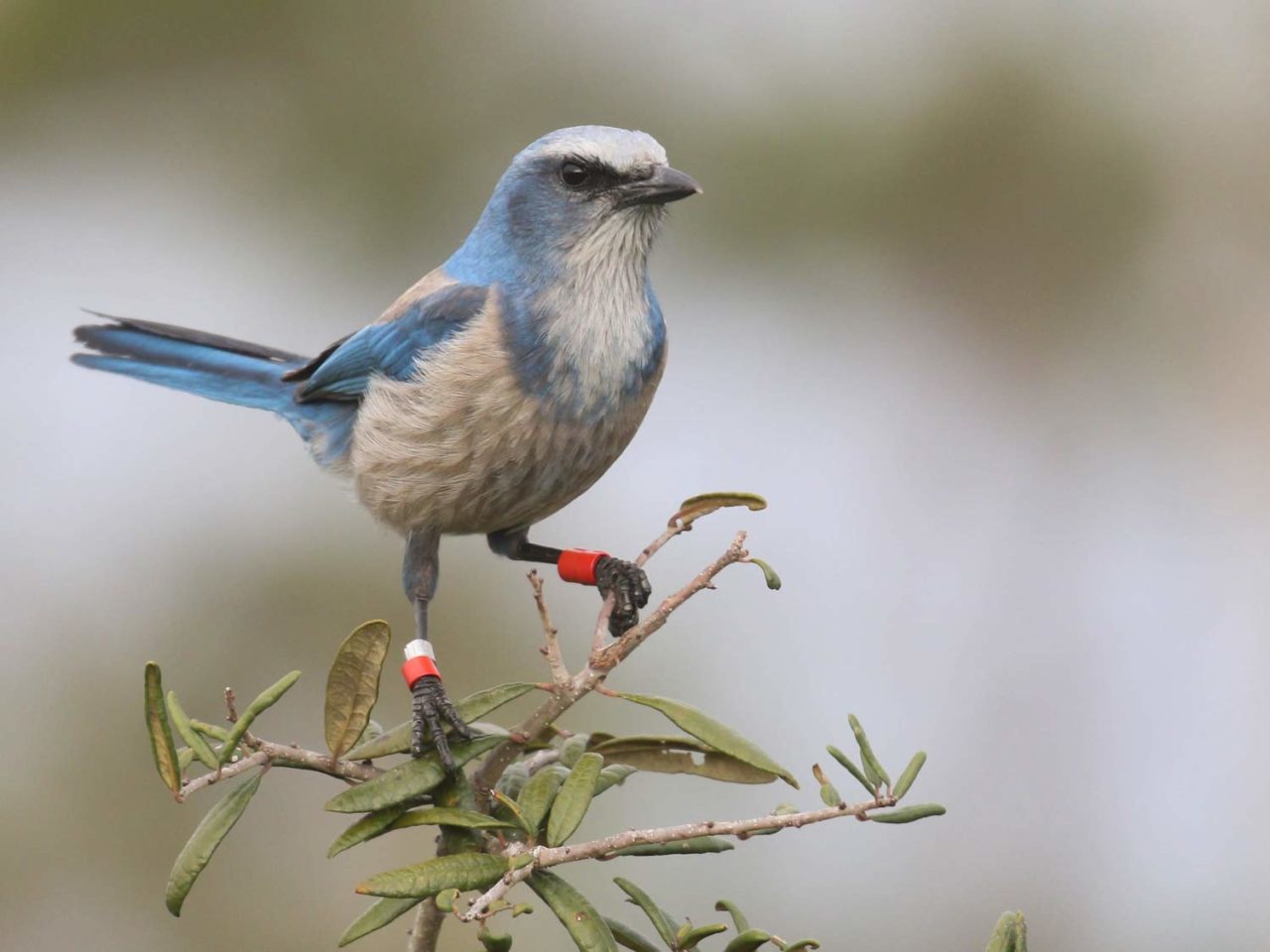Thank You, Fitz! Celebrating 26 Years of Vision and Impact
Lifelong bird lover, gifted speaker, great listener, intrepid explorer, acclaimed scientist, and visionary director. Those are some of the qualities that John W. Fitzpatrick has woven into the fabric of the Cornell Lab over the last quarter-century. Together, they create in Fitz that rare ability to make the impossible possible, and the ordinary, extraordinary.
During Fitz’s storied time at the helm of the Cornell Lab, he’s transformed the institution from a respected regional research outfit into a world-recognized authority in citizen science, evolutionary biology, big-data science, bioacoustics, conservation filmmaking, and public outreach and engagement. Through it all, he’s embodied the Lab’s twin ideals of academic excellence and popular approachability, carrying on Lab founder Arthur Allen’s famous challenge to “throw open the doors to ornithology” so that anyone can participate.
Through each chapter of his career, Fitz has never lost his childhood reverence for the beauty, complexity, and wonder of birds. Those are the same qualities that captivate tens of millions of birdwatchers worldwide, and make birds such a potent force for global conservation—the ultimate goal of all Fitz’s endeavors over the years.
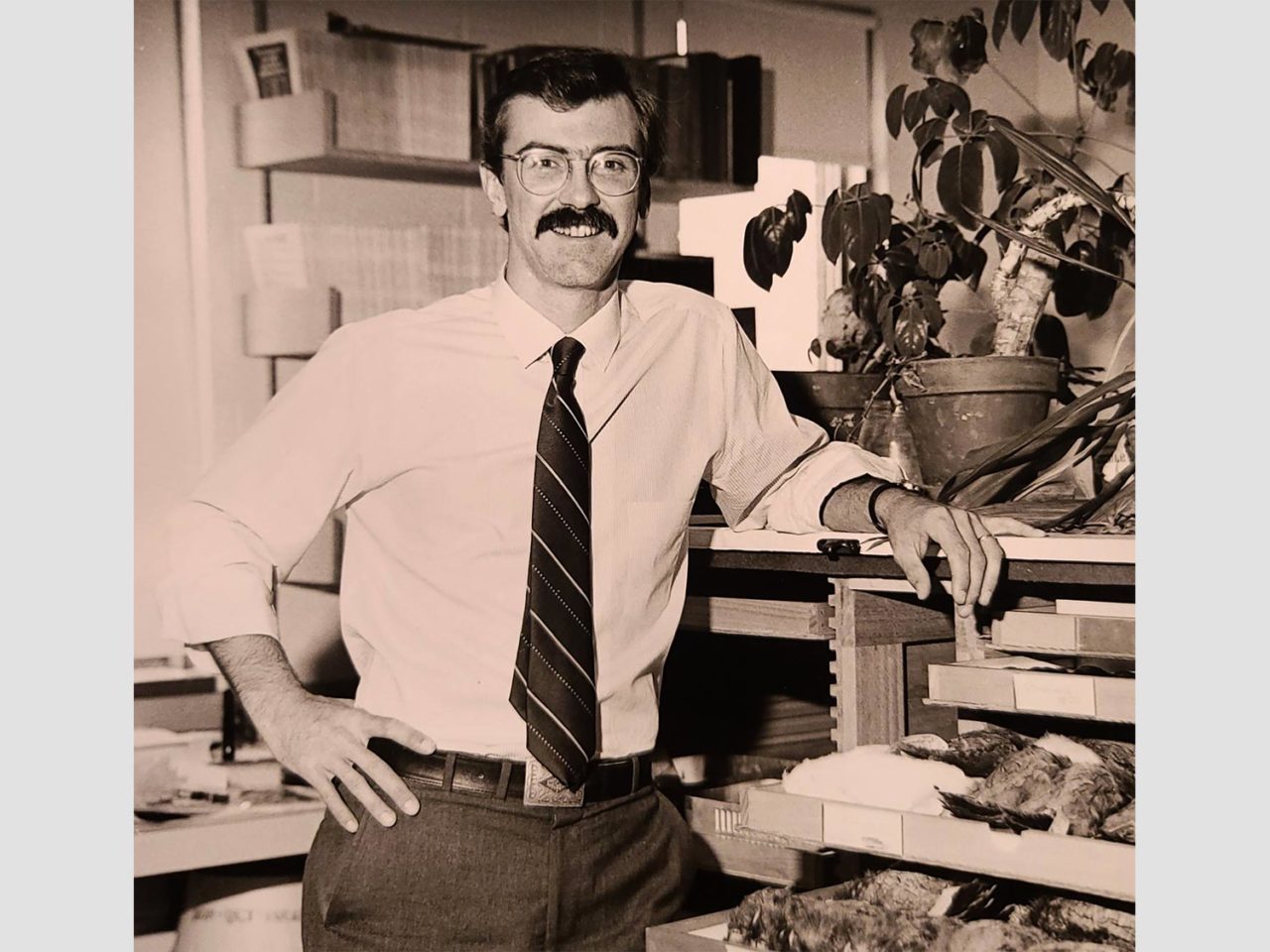
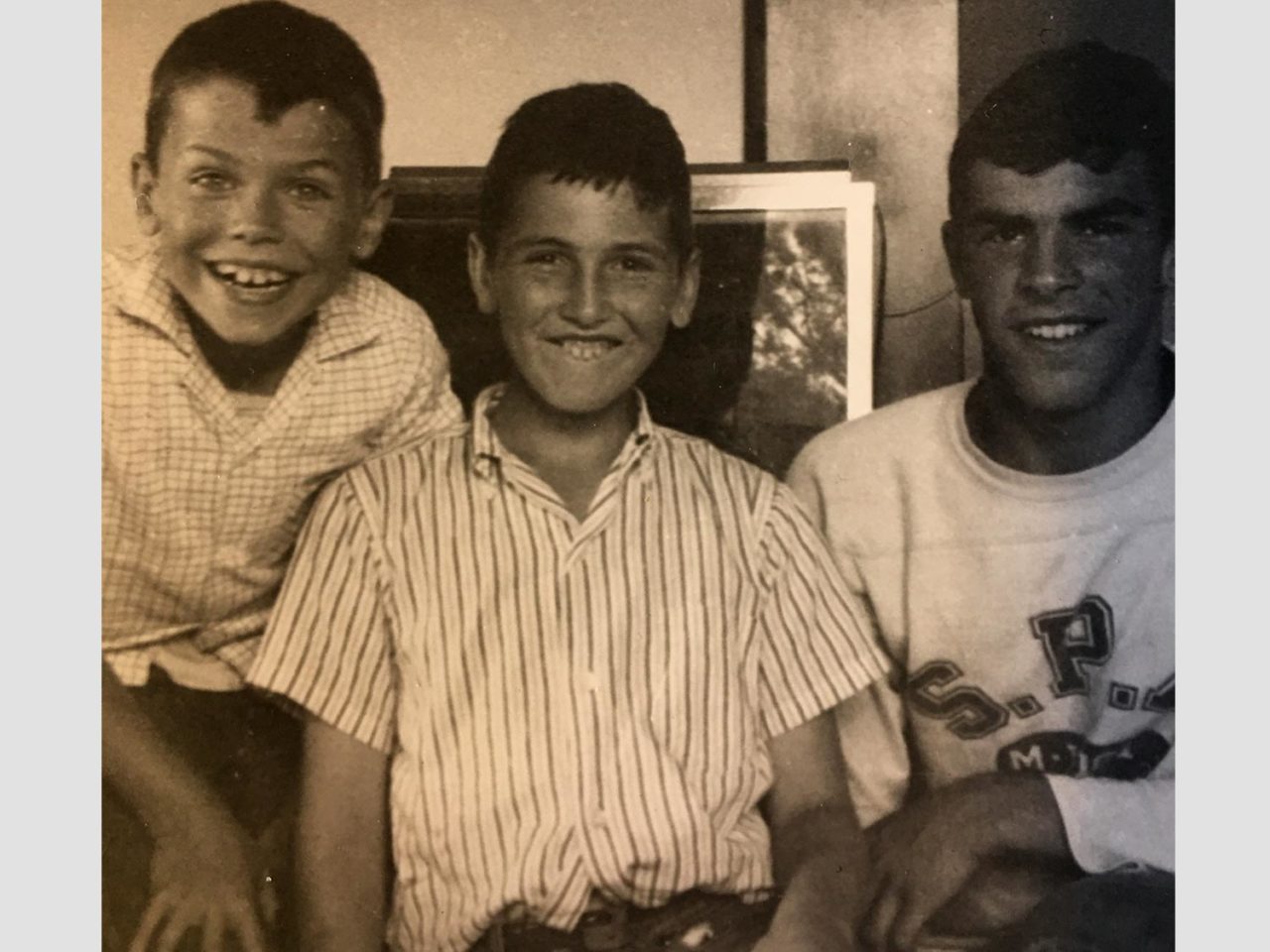
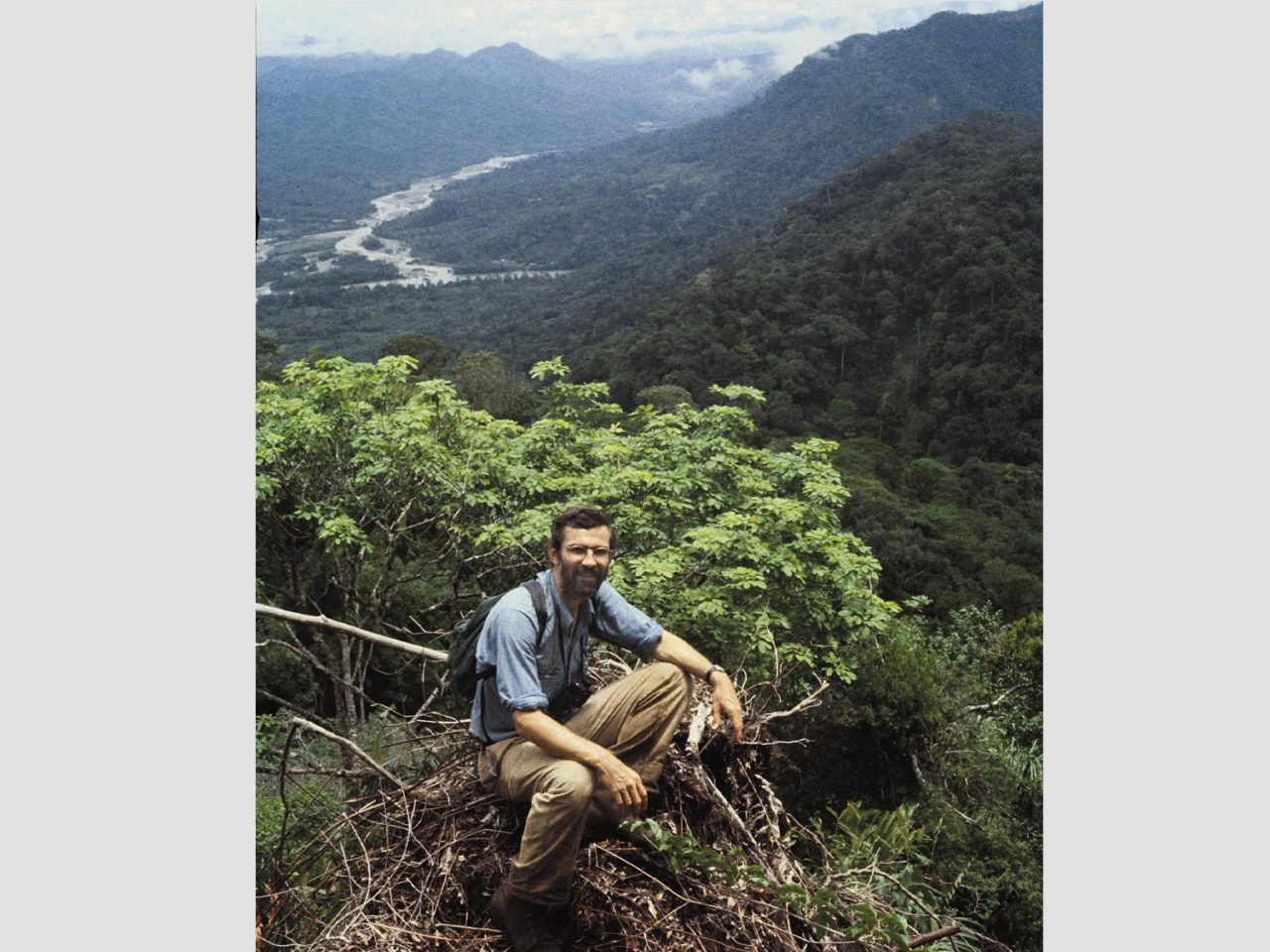
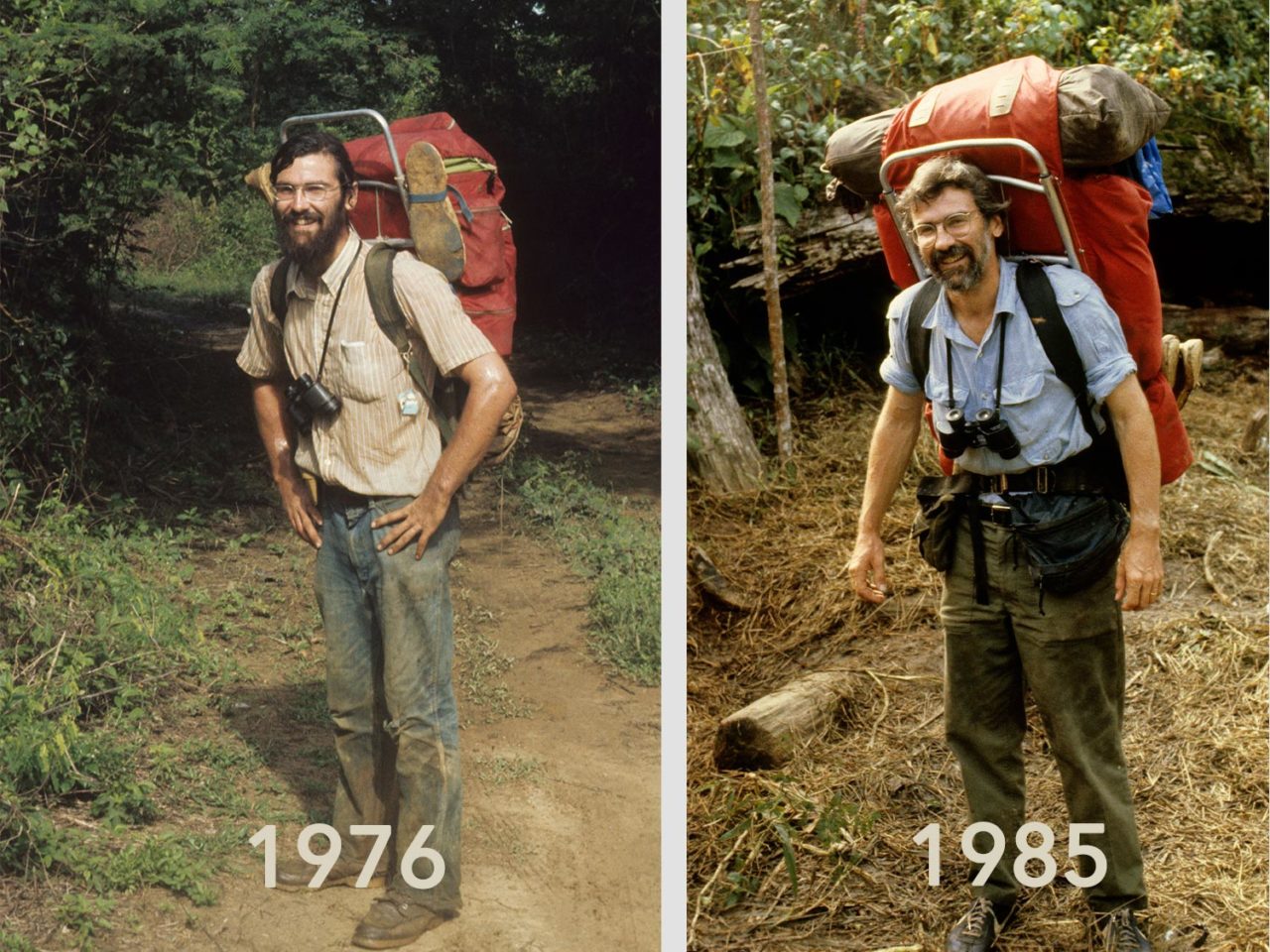
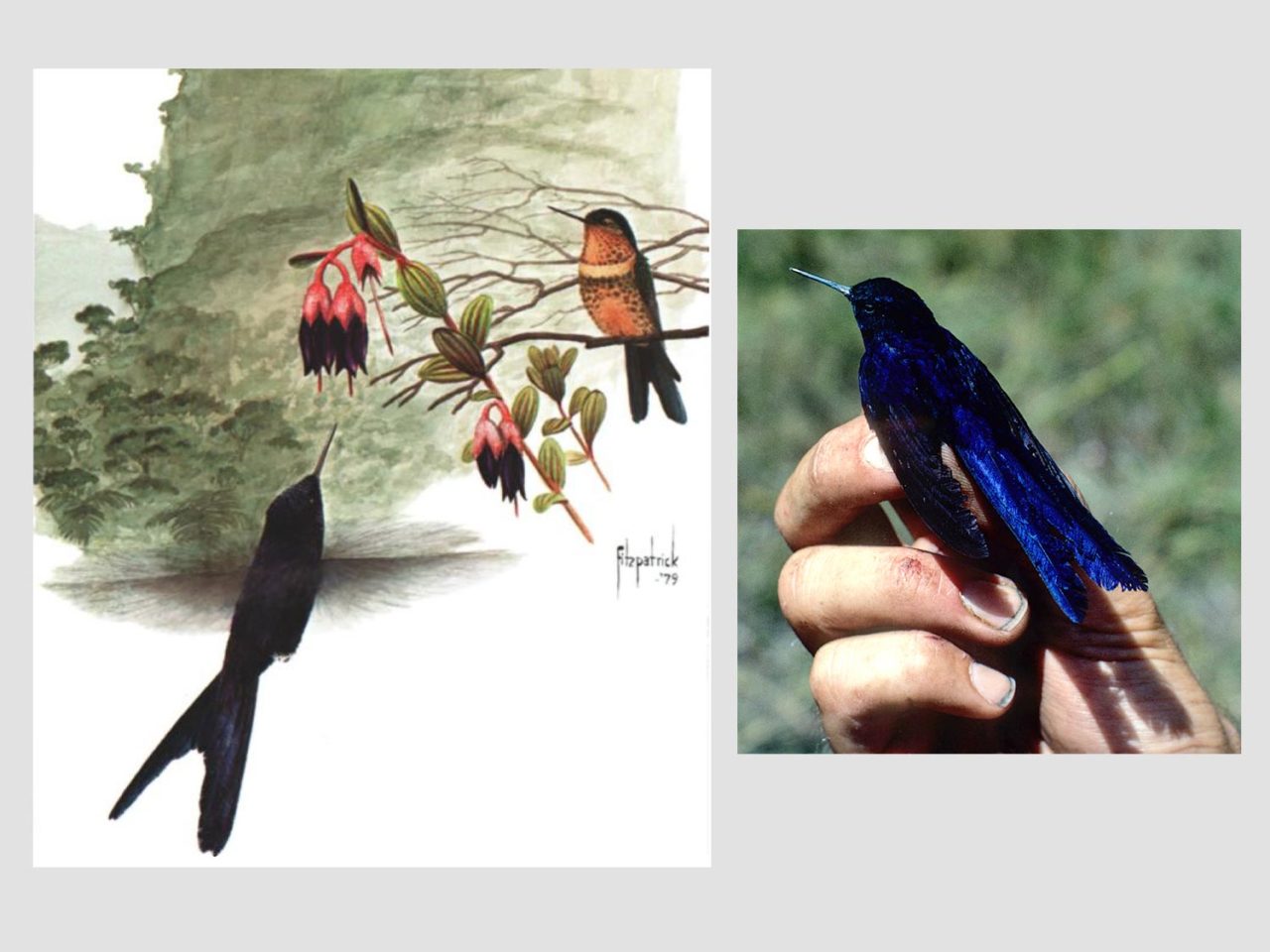
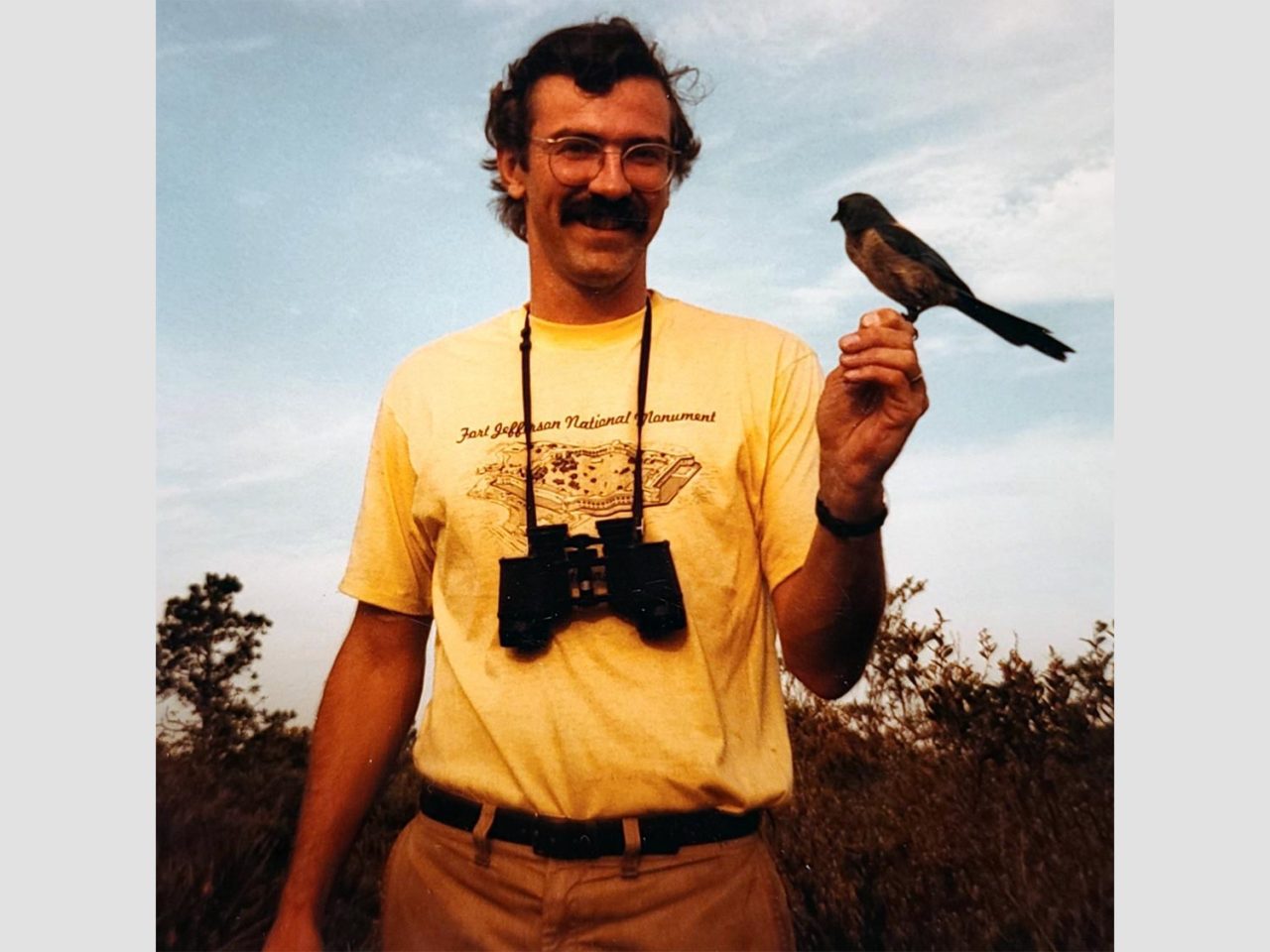
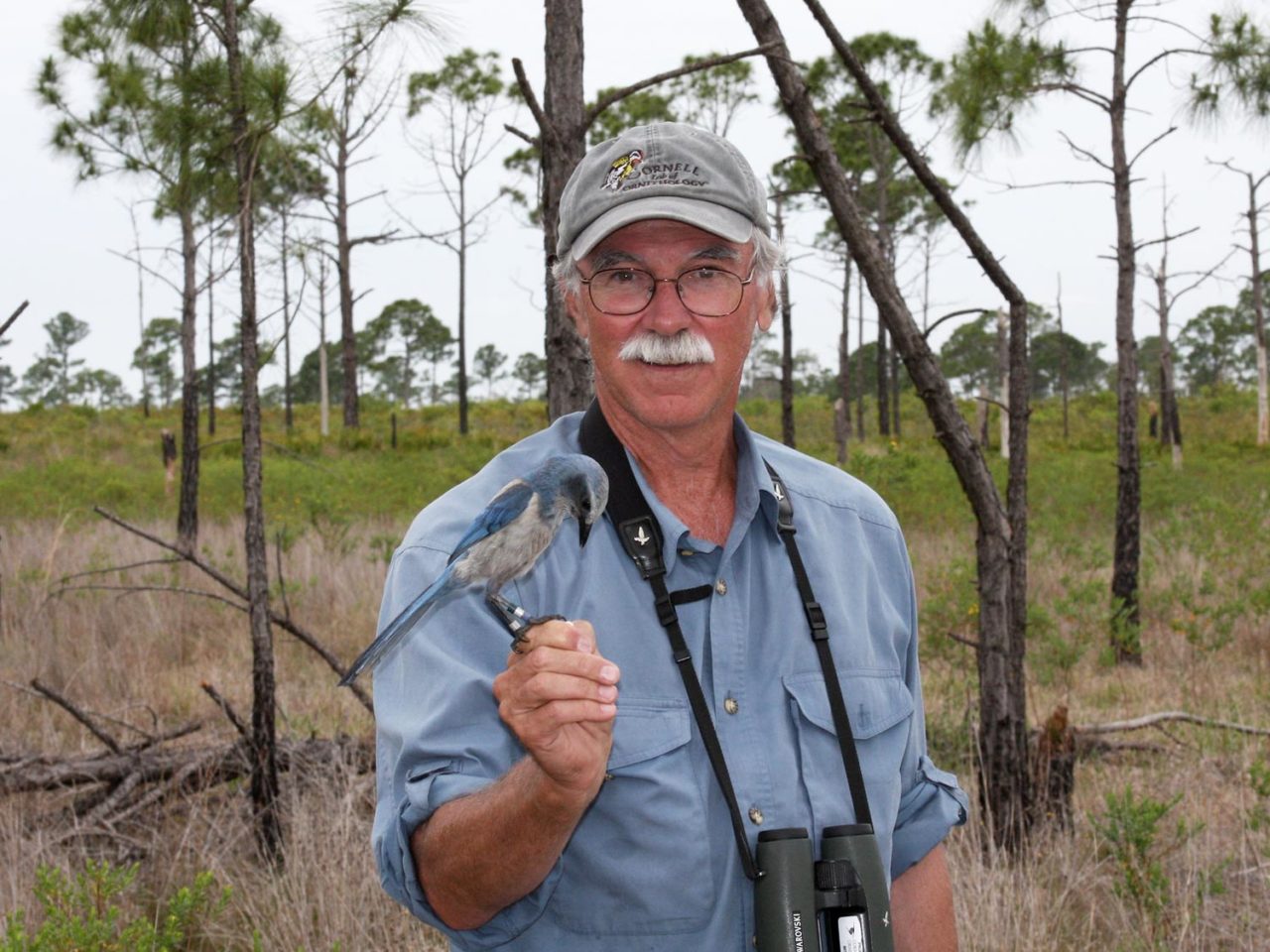
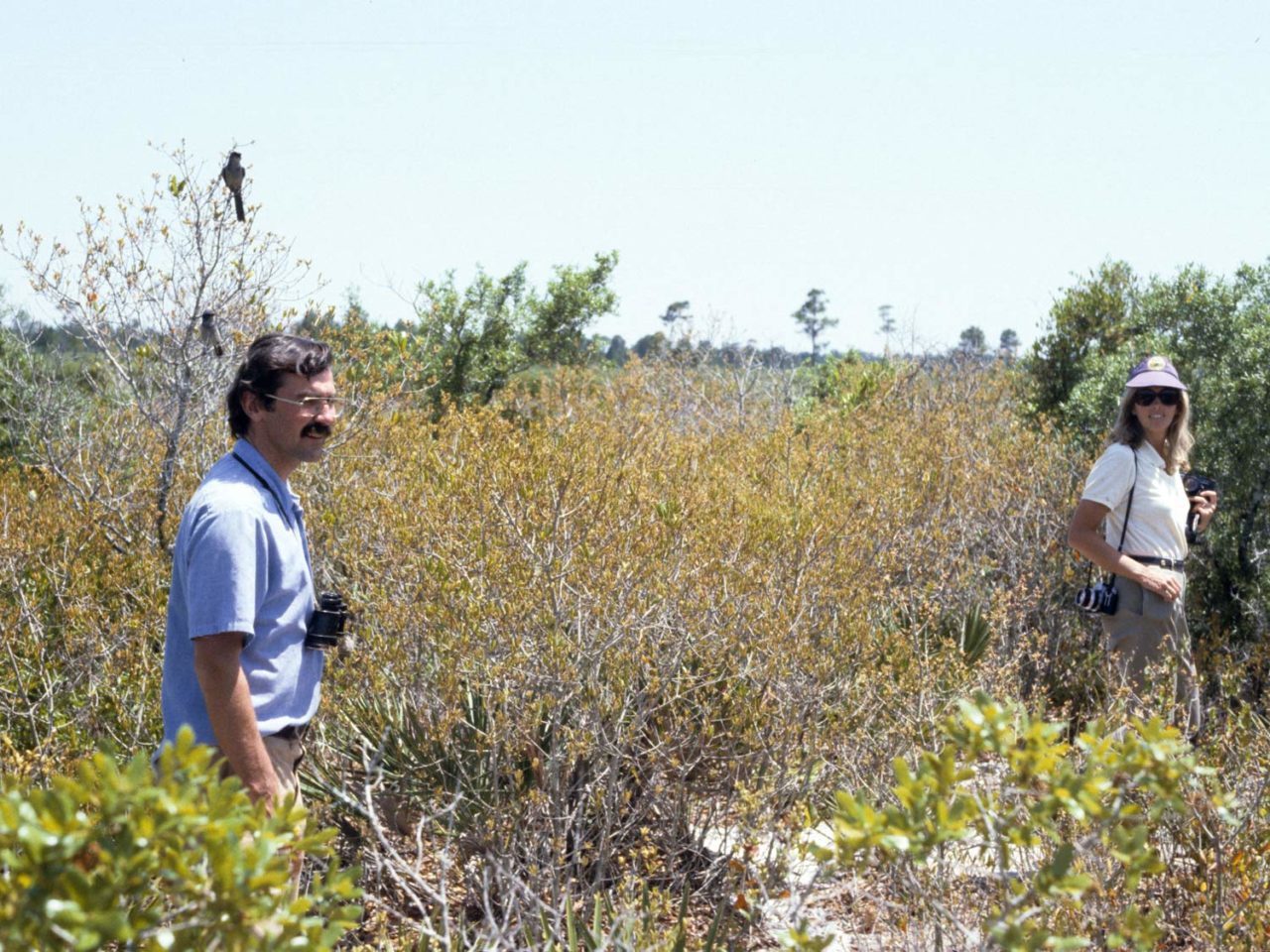
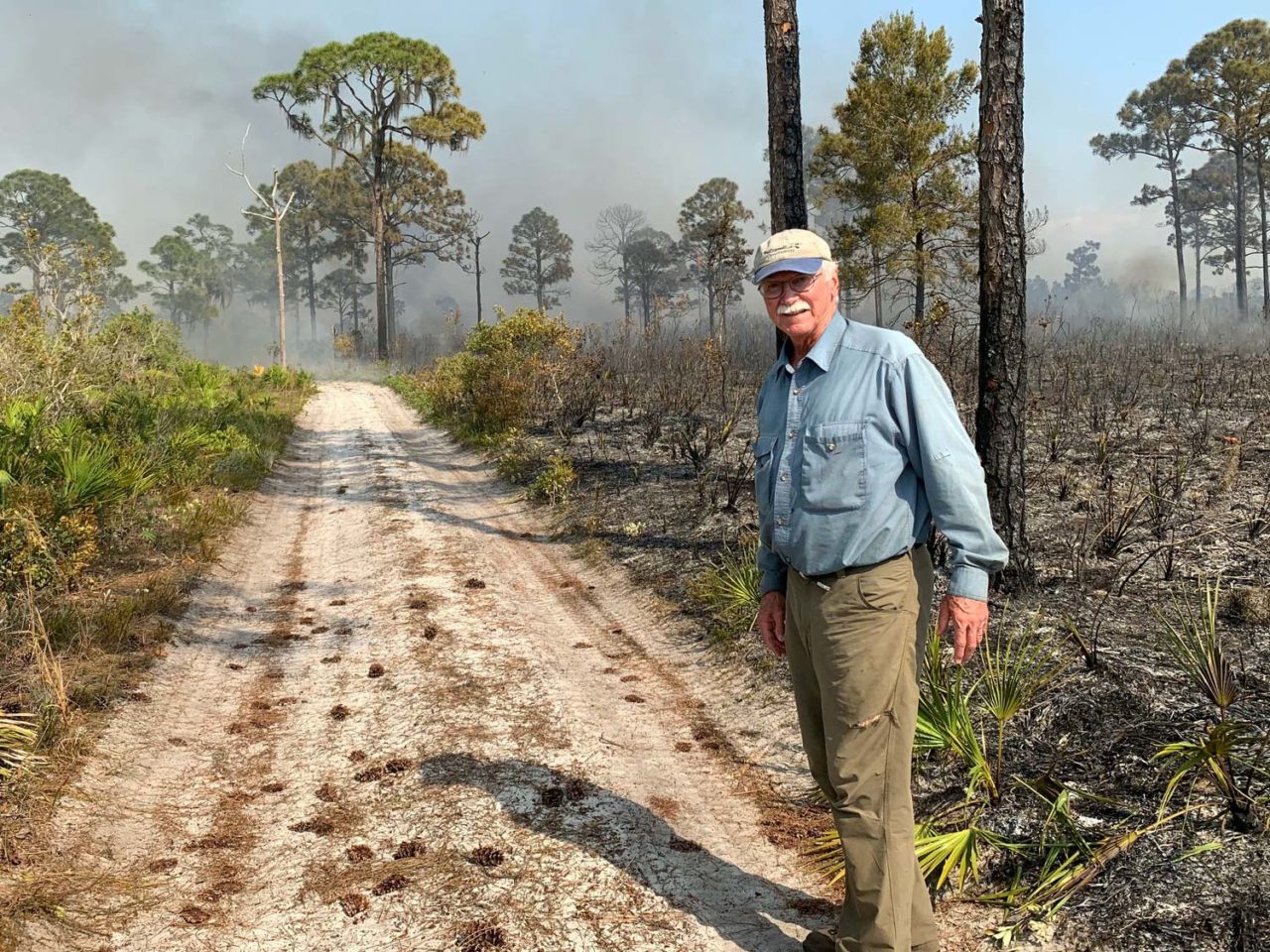
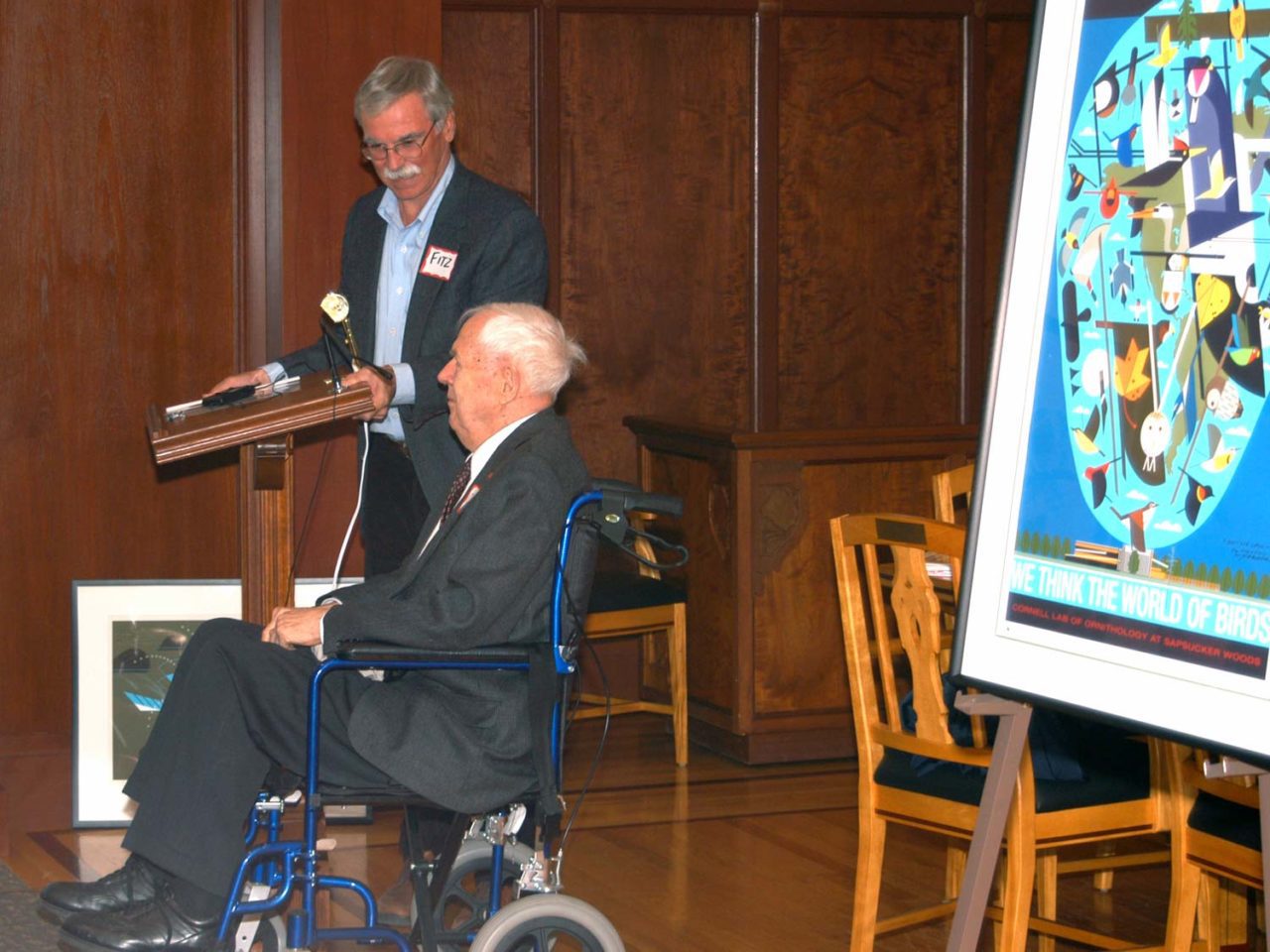
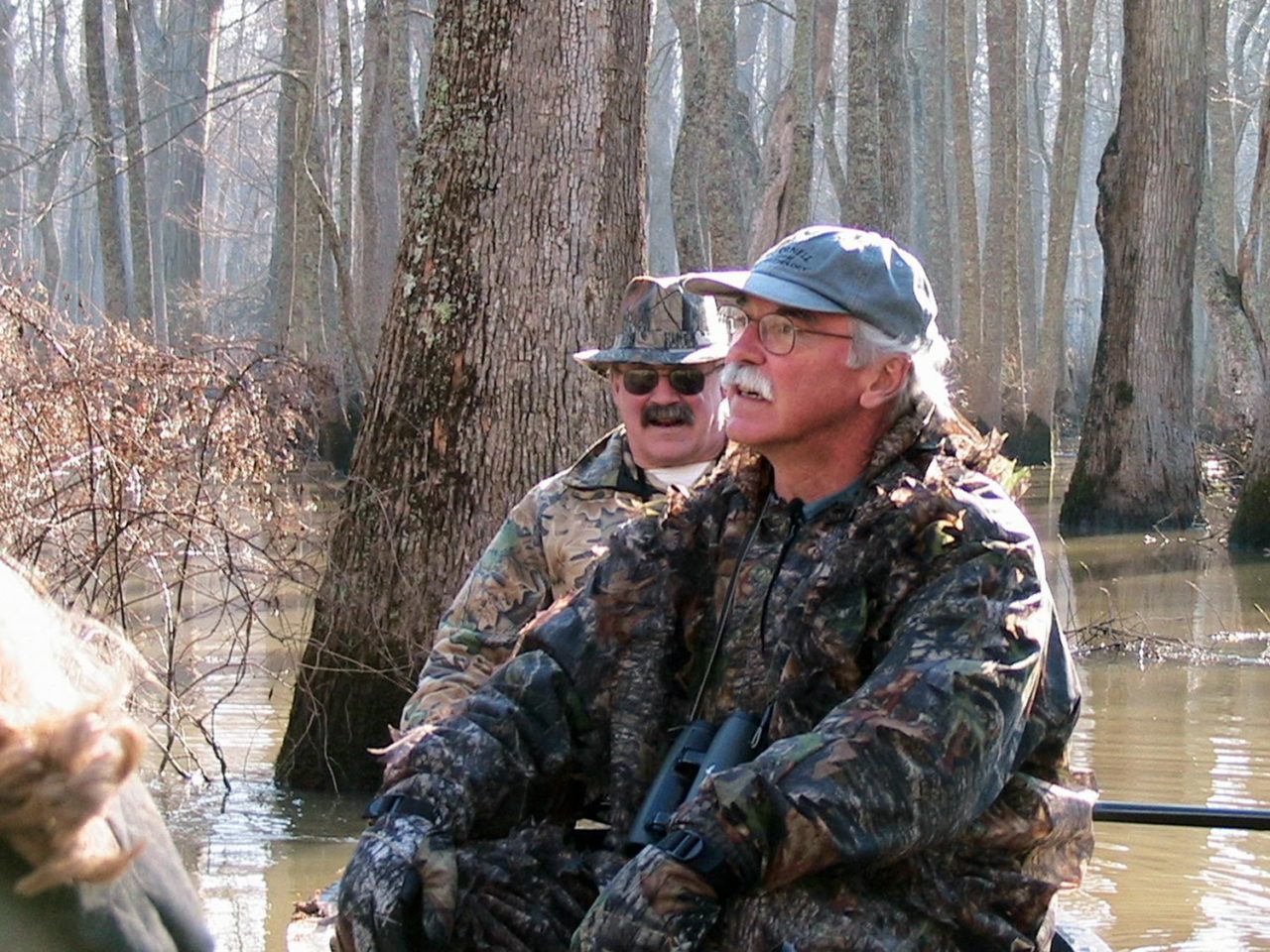
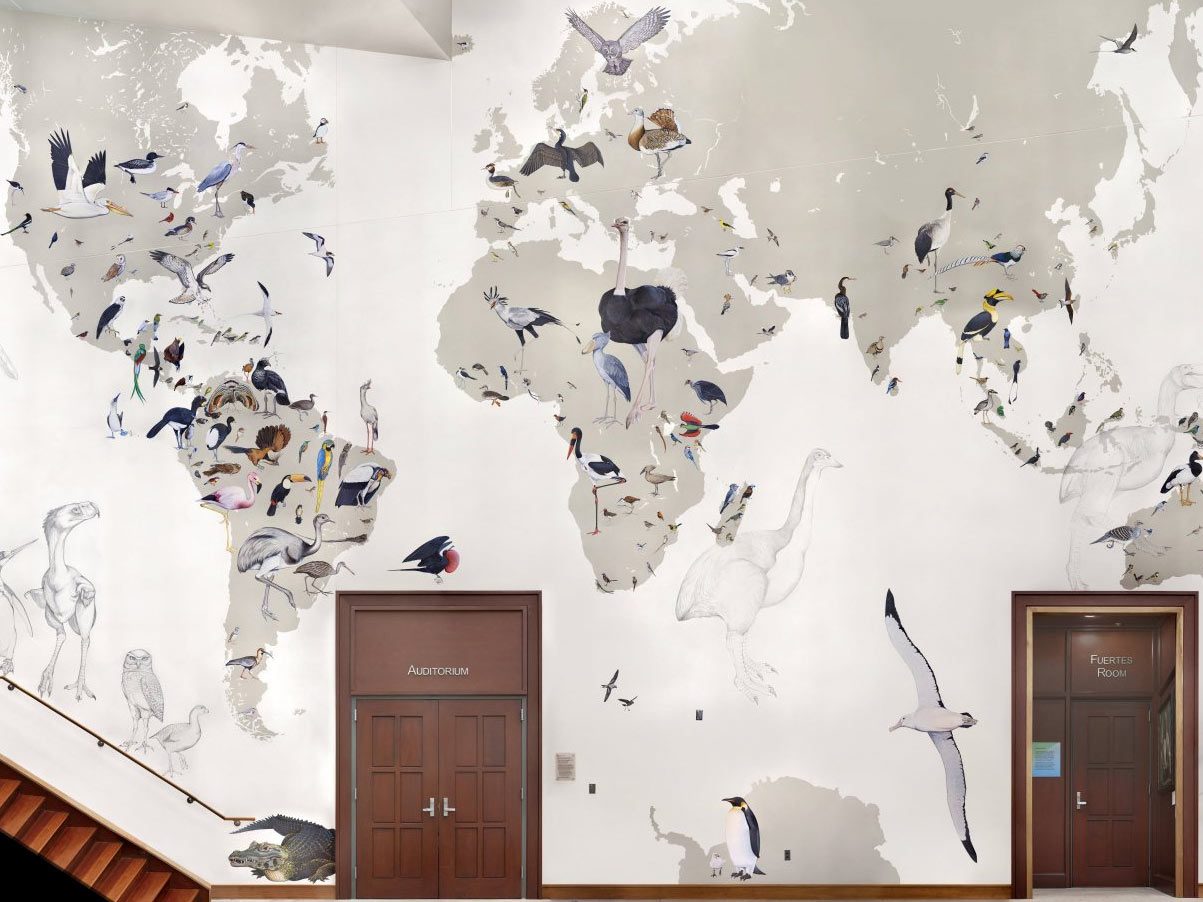
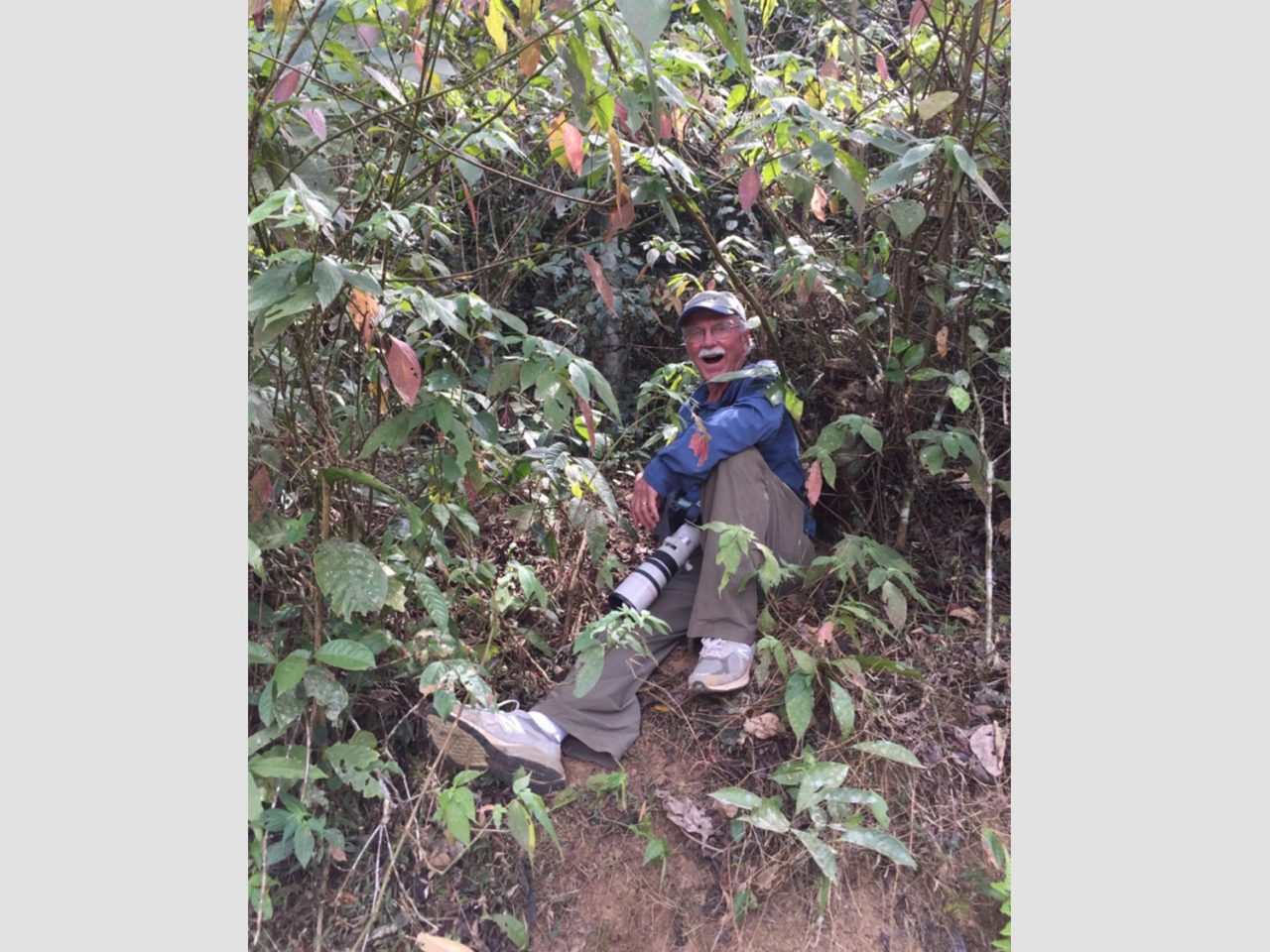
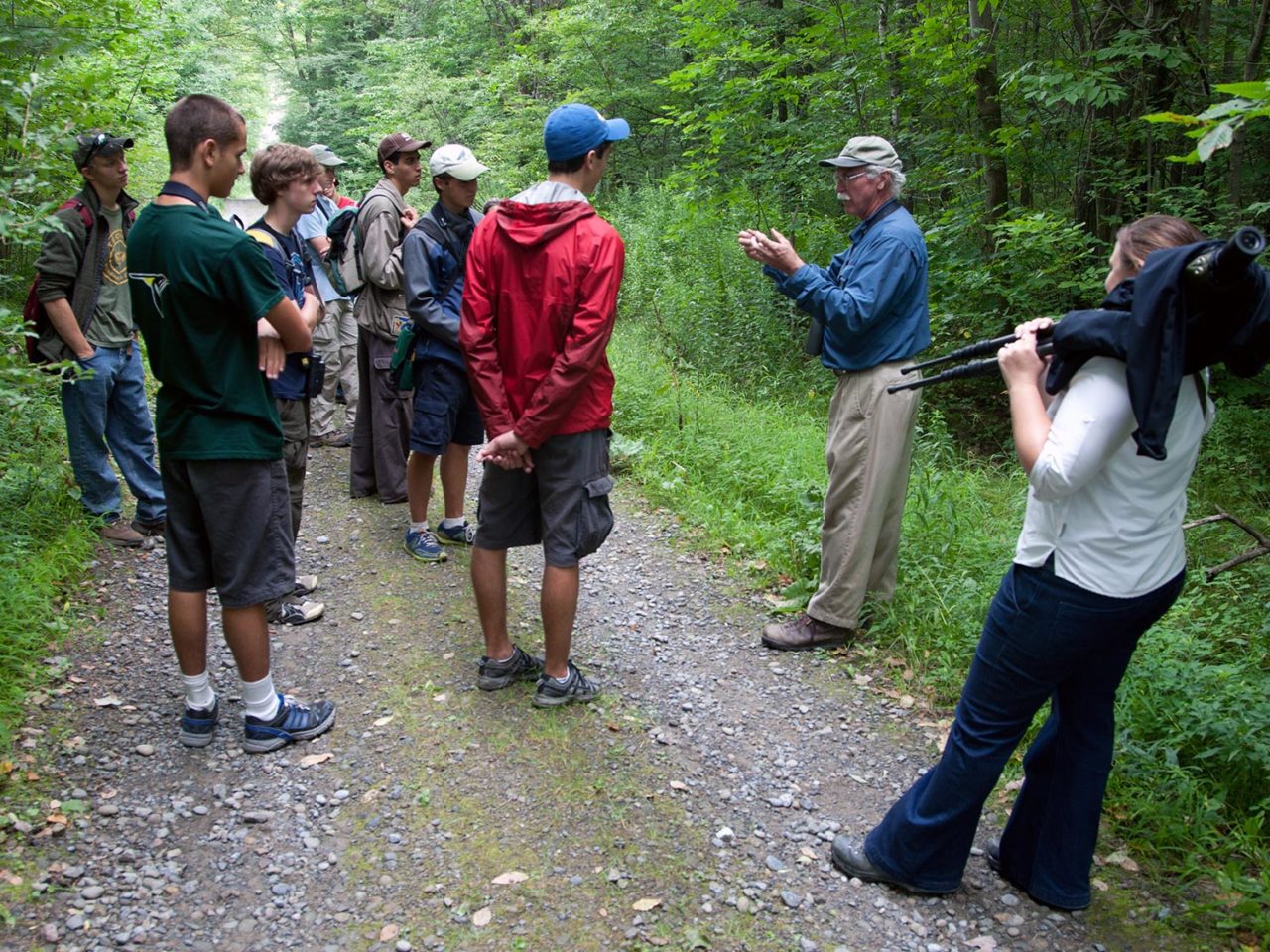
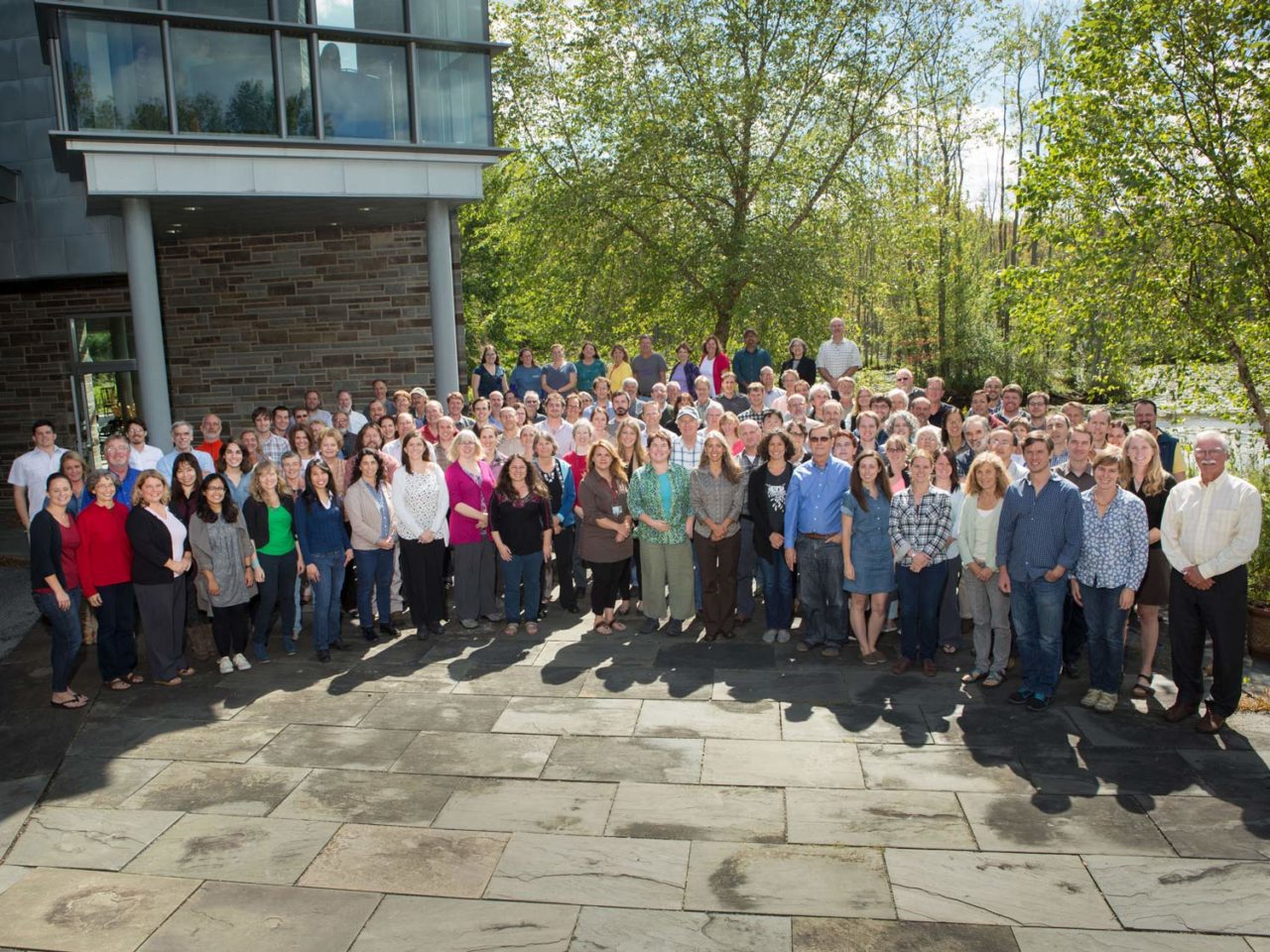
Selected Milestones From a Long Tenure at the Lab
1995 John W. Fitzpatrick arrives as Louis Aggasiz Fuertes director.
1997 Imogene Powers Johnson senior scientist position established; first step in Fitz’s goal to expand the academic impact of the Lab.
1998 First year of the Great Backyard Bird Count, one of the Lab’s signature early citizen science projects.
1999 Robert G. Engel Professor of Ornithology established; Elephant Listening Project founded.
2000 Lab achieves Fitz’s goal of six-member faculty; digitization of sound archive begins in the newly named Macaulay Library.
2002 eBird launches; Arthur A. Allen Director of Citizen Science endowed position established.
2003 Lab’s new, 90,000 square foot building, the Imogene Powers Johnson Center for Birds and Biodiversity, opens.
2004 Birds of North America Online launches; the Handbook of Bird Biology, the Lab’s college-level ornithology textbook, is published.
2005 Rediscovery of Ivory-billed Woodpecker announced in Science article.
2006 Macaulay Library archive goes online with 80,000 sound and video clips.
2007 Bioacoustics program begins issuing real-time warnings for endangered right whales in Massachusetts Bay; Celebrate Urban Birds project onboards 2,500 community groups.
2009 First State of the Birds report published, following request by President Bush.
2010 All About Birds website wins a Webby award. Multimedia program spends months documenting impacts of the Deepwater Horizon oil spill. First Young Birders Event held (now an annual event).
2011 The Lab’s capital campaign kicks off, eventually raising more than $100 million in honor of the Lab’s centennial, in 2015.
2013 Merlin Bird ID launches; a free app downloaded by more than 6 million people.
2015 Jane Kim finishes her epic Wall of Birds mural. Fitz paints the Scissor-tailed Flycatcher as a nod to his lifelong interest in both art and flycatchers.
2016 Fitz wins Schreiber Award for extraordinary scientific contributions to conservation of birds.
2019 3 Billion Birds paper published in Science, alerting the world to steep declines in birds and kicking off a 7 Simple Actions campaign to help people take action to bring birds back.
2020 Fitz is elected as a Fellow of the American Association for the Advancement of Science.
Join Our Email List
The Cornell Lab will send you updates about birds, birding, and opportunities to help bird conservation. Sign up for email and don’t miss a thing!
Golden-cheeked Warbler by Bryan Calk/Macaulay Library

